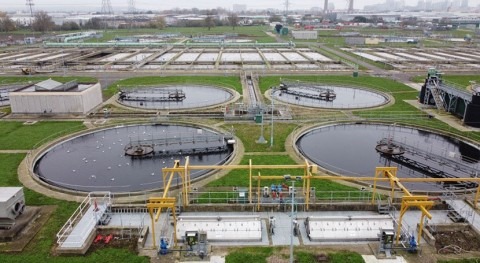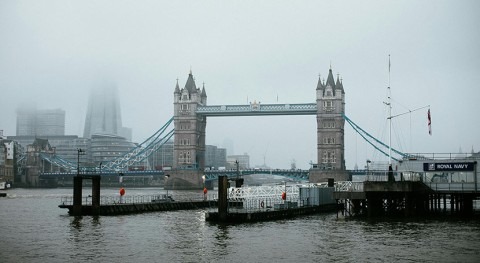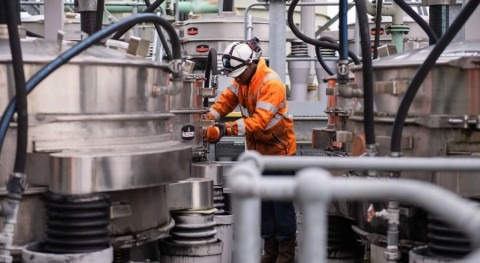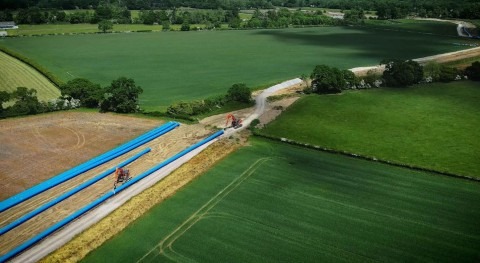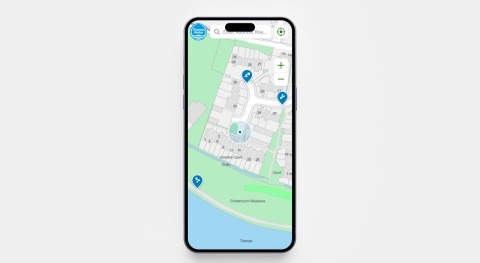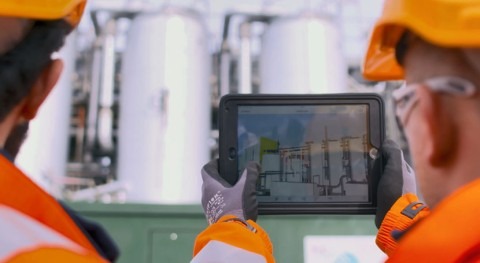A repulsive fatberg weighing more than an African elephant has been cleared from a central London trunk sewer by Thames Water engineers, who were forced to dig through 300 metres of silt and grease just to reach the monster blockage.
The disgusting 10-tonne mass of fat, grease and other “unflushable” items like wet wipes was hauled out from the sewer in Cadogan Place, Belgravia this month.
Intrepid engineers used high-powered water jets to blast the 30m-long “enemy” loose before using small tools and even their hands to finally clear the beast, sometimes working into the early hours of the morning.
Matt Rimmer, Thames Water’s head of waste networks, said: “This was a massive and disgusting fatberg that took a great deal of effort and teamwork to clear. It was set hard and had to be destroyed to get the sewer flowing well again.
“Our brilliant engineers were able to clear the huge blockage before it caused serious problems, but we’re urging everyone to be especially careful what they flush down their toilets. Many items like wet wipes have plastic in them and won’t break down in the sewers, even if they say they’re flushable.
“We’d urge everyone to help fight the fatberg by only flushing the 3Ps - pee, poo and paper – as well as disposing of fat and oils in the bin, not the sink.”
The crew had to clean out a section of sewer as long as the Empire State Building just to reach the fatberg, removing almost 40 tons of silt, fat and other debris which had backed up behind it.
Fatbergs are formed when fat, grease and oil is poured down sinks or drains and combines with items like wet wipes, nappies and cotton buds, which don’t break down in sewers.
If left, this blockage could have grown even bigger and caused problems in the waste network, including sewage flooding out into homes, businesses and the environment.
Thames Water serves 15 million customers and spends £18 million every year clearing 75,000 blockages from its sewers in London and the Thames Valley.
On average, the company unclogs five house blockages and removes 30 tonnes of unflushable material from just one of its sites each day.
Next month, Thames Water will launch its annual “Bin It, Don’t Block It” campaign, urging customers to be careful about what they put down their drains to help reduce the risk of blockages. Find out more about the campaign.
The Belgravia behemoth is the latest in a long line of fatbergs to have been cleared from the capital’s sewers.
Last year, Thames Water cleared fatbergs weighing a combined 140 tonnes from Greenwich, Pall Mall and the Shard, while in 2017, a giant 250-metre-long blockage was discovered in Whitechapel Road.
The mass was blocking a stretch of Victorian sewer more than twice the length of the Wembley Stadium football pitch and weighed a staggering 130 tonnes.





